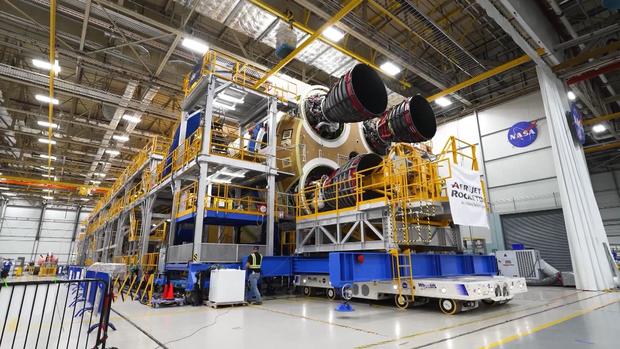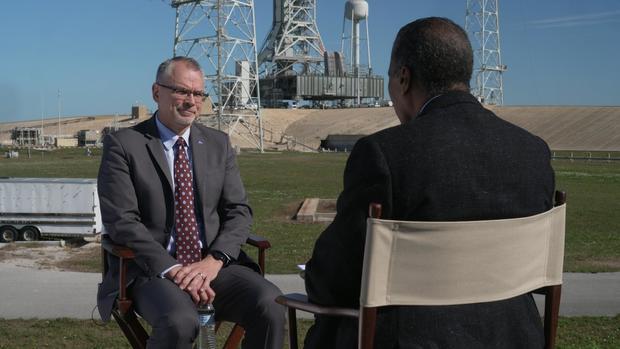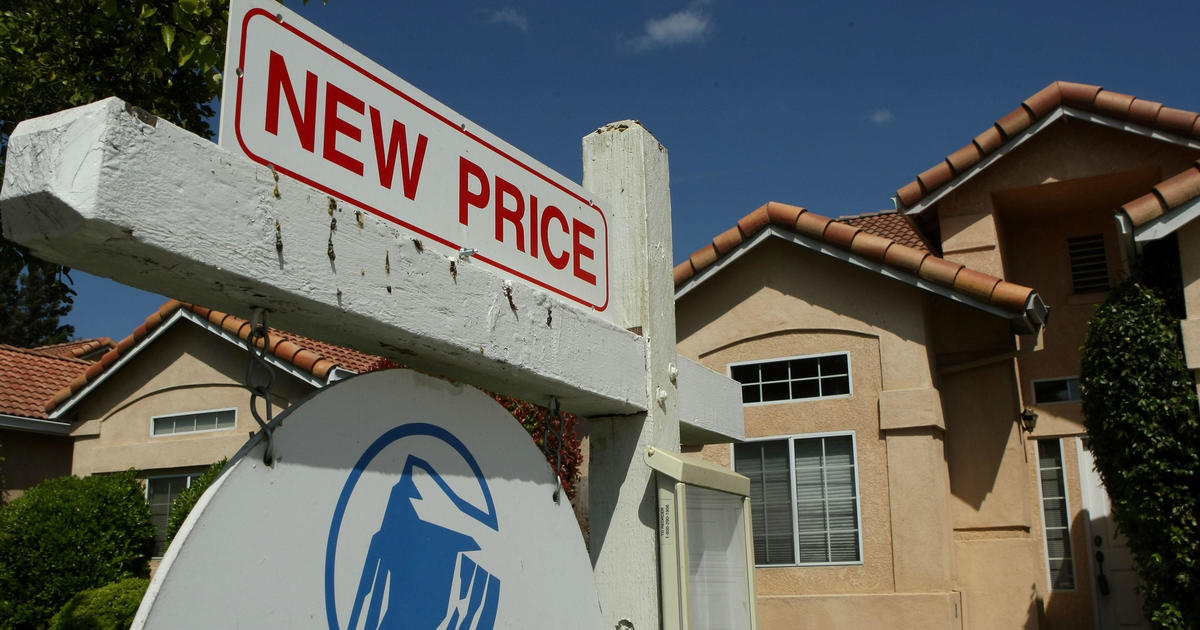Delays trigger concerns about NASA's plan to return astronauts to the moon ahead of China
Decades after the U.S. began and won a space race with the Soviet Union, NASA is shooting for the moon once again – this time with China as a competitor.
NASA's Artemis mission plans to send people back to the moon and establish an outpost at the moon's south pole. China's rapidly growing space program also has its sights set on the moon, with plans to send its taikonauts, or Chinese astronauts, there by the end of the decade.
NASA Administrator Bill Nelson has publicly expressed concern about China getting to the south pole first and staking a claim.
What NASA is doing to get back to the moon
No Americans have stepped foot on the moon's surface since 1972, the last year of NASA's Apollo missions, which safely landed Neil Armstrong and 11 more astronauts.
When Artemis I soared into space in November of 2022, it was the beginning of a nearly flawless mission. In its first test flight, NASA's new space launch system rocket sent an empty Orion crew capsule on a 1.4 million mile flyby of the moon before a picture-perfect return to Earth.
The next flight, meant to carry four astronauts on a lunar flyby, was supposed to launch this year. A year later, Artemis III would have landed the first woman and first person of color on the moon, according to the plans.
But it's not working out quite that way.
In January, NASA delayed its first Artemis astronaut flight to late 2025 and its moon landing to 2026.
Artemis mission faces challenges
NASA is taking a different approach from the Apollo missions this time around.
The agency is paying Elon Musk's SpaceX to take NASA's crews from the Orion Spacecraft down to the moon. In 2021, NASA signed a nearly $3 billion contract with SpaceX to use its new Starship mega rocket and lunar lander for the first Artemis astronauts.
NASA's contract with SpaceX requires the company to make an unmanned lunar landing with Starship before the mission with astronauts on board.
This month, SpaceX is preparing for its third Starship launch atop its enormous, super-heavy booster. But in the most recent launch, last year, the Starship blew up as it neared space, though SpaceX framed it as a successful learning experience.
NASA associate administrator Jim Free, who is in charge of Artemis, said NASA needs SpaceX to hit certain technical milestones.
"We need them to launch several times to give us the confidence that we can put our crews on there," Free said.
Free still believes it's a realistic goal to get astronauts back on the moon by the end of 2026. His optimism is based on SpaceX's track record with its smaller Falcon rocket. SpaceX launched Falcon rockets 96 times last year alone, with both commercial and government payloads.
But, so far, Starship has yet to reach orbit even once.
SpaceX ignored multiple requests for an interview or comment. In an interview with "The Daily Wire" in January, Elon Musk said he was hoping to have people on the moon in less than five years.
Cost concerns
George Scott, NASA's acting inspector general, is concerned about the cost of Artemis. While NASA's engineers have their heads in the stars, it's Scott's job to bring them back to Earth, particularly when it comes to costs.
"I think it is safe to say, without significant reductions in cost, better cost controls, better planning, this Artemis program on its current trajectory is not sustainable," Scott said.
The current cost estimate per launch in the Artemis mission is $4.2 billion.
"That's an incredible amount of money per launch," he said. "A lot of that hardware is just going to end up in the ocean, never to be used again."
Free said he doesn't necessarily agree with Scott's conclusions. He said NASA has taken an affordable path to Artemis.
"We believe that the rocket we have is best matched for the mission and frankly the only one in the world that can take crews to the moon," Free said.
But as Scott said, most components of the Space Launch System rocket end up in the ocean. They're not reusable. With the goal of building an outpost on the moon, Artemis will need a lot of those $4.2 billion rocket systems.
"The number of launches is daunting, but it's hard to get people to the moon," Free said.
NASA brings on Blue Origin
To ensure that the U.S. will plant its flag on the moon's south pole first, NASA signed a new $3 billion contract last year with Blue Origin, the space company owned by billionaire Jeff Bezos, to build another lunar lander.
John Couluris, Blue Origin's senior vice president of lunar permanence, said the human landers Blue Origin is building will be reusable.
"We'll launch them to lunar orbit. And we'll leave them there," Couluris said. "And we'll refuel them in orbit, so that multiple astronauts can use that same vehicle back and forth."
Free said the best plan is to have options.
"If we have a problem with one, we'll have another one to rely on," Free said. "If we have a dependency on a particular aspect in SpaceX or Blue Origin and it doesn't work out, then we have another lander that can take our crews."
In the battle of the star-gazing billionaires, Bezos' Blue Origin has far fewer launches than Musk's SpaceX, and has been far quieter about its ambitions — until now.
Blue Origin's New Glenn is its first heavy lift rocket. It has a maiden launch set for this year. New Glenn is designed to carry all sorts of payloads, including the lunar landers being built for NASA.
Couluris worked for SpaceX before joining Blue Origin. He feels competition brings innovation.
"SpaceX has done some amazing things. And they've changed the narrative for access to space. And Blue Origin's looking to do the same," Couluris said during a January interview. "This lander, we're expecting to land on the moon between 12 and 16 months from today."
That goal is for a cargo lander. Couluris said Blue Origin is working with NASA on the Artemis V mission, planned for 2029, to get people to the moon.
That is not much different from Musk's forecast of when SpaceX can land humans back on the moon, even if it doesn't match NASA's timetable. Like the Starship, Blue Origin's lander will require in-space refueling, a feat that has never before been accomplished.
But Couluris insists that their rocket will help NASA trim costs because the New Glenn is reusable.
"We are now building, with NASA, the infrastructure to ensure lunar permanency," Couluris said.
NASA's future plans
Free views Artemis as the beginning, not the end. He sees NASA landing on Mars in the future.
And even Scott, who's looking at the numbers with concern, has faith.
"You know, this is NASA, right? This agency is destined to continue to do great things. There's no question about that," Scott said. "What we're telling the agency is, 'Just be more realistic.' There's nothing wrong with being optimistic. In fact, it's required, right? In this business, optimism is required. The question is though, 'can you also be more realistic?'"







